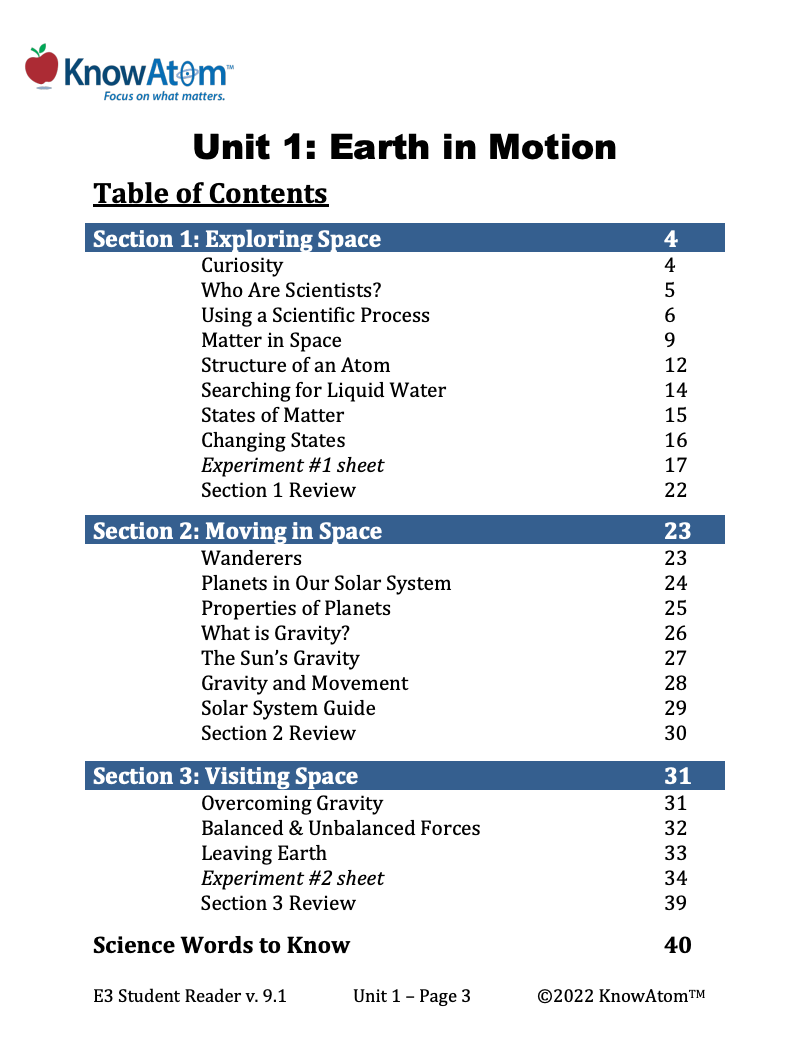
In this lesson, students model the solar system and analyze Earth’s place in the system as well as how the force of gravity causes the planets to move around the sun in predictable, regular paths. This page serves to highlight the key components of this lesson.
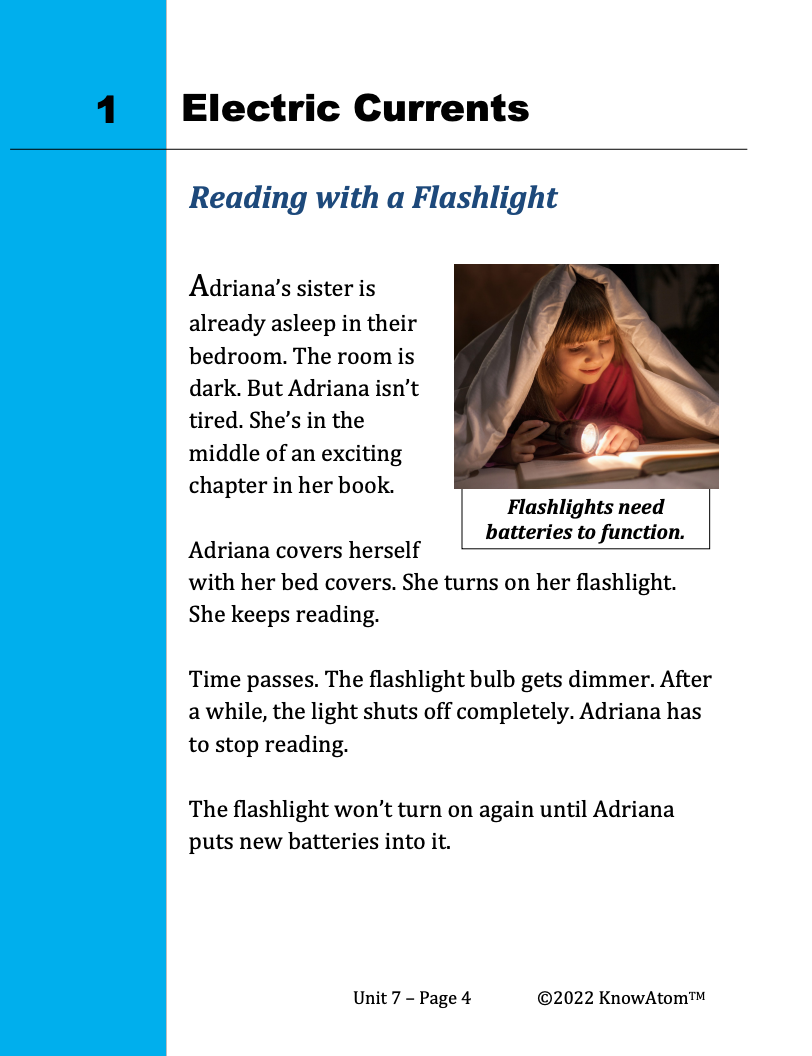
In this unit, students explore the science phenomena of how energy is transferred in a circuit to do work. In this lesson, students figure out the phenomena affecting the left and right movement of an electric car. This page is a high-level extract of this lesson.
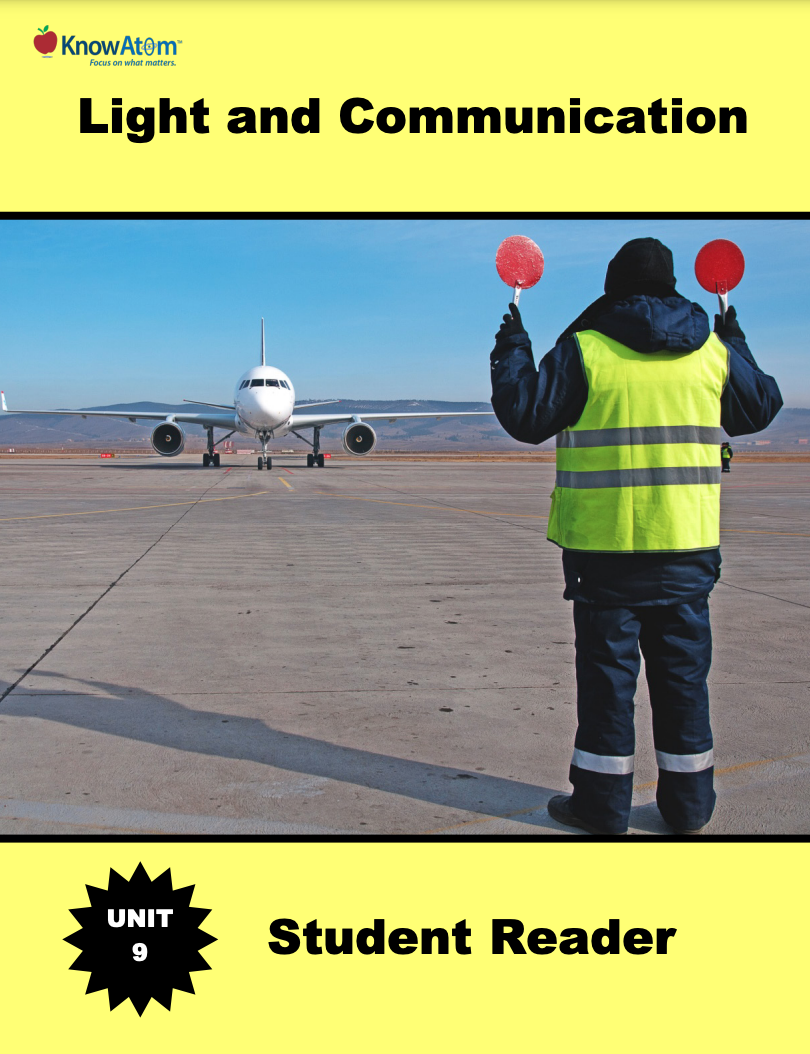
In this unit, students build on what they know about the science phenomena of energy transfer to focus on information transfer and how different technologies use patterns of sound, light, or numbers to transmit information. This page showcases key components of this lesson.
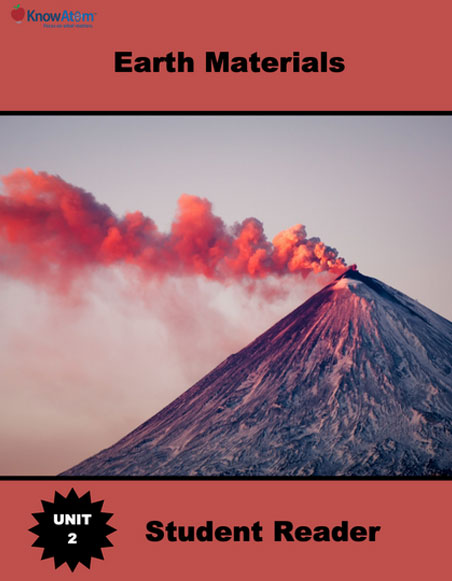
In this unit, students study the processes that shape Earth’s surface, focusing on the formation of minerals (such as diamonds) and rocks. In this lesson, they explore the phenomena exhibited in the properties of rocks and minerals to figure out how the properties of different minerals are a tool to identify them. This page is a high-level overview of this lesson.
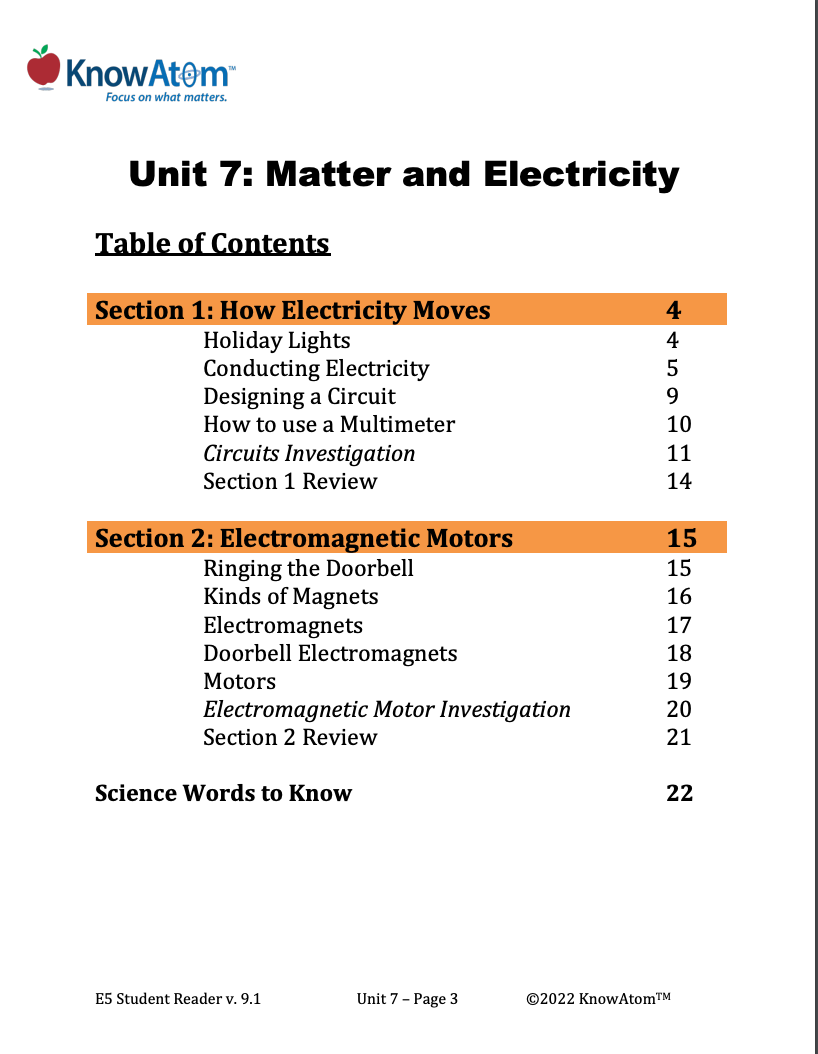
In this unit, students explore the science phenomenon of electric currents and electrical energy. In this lesson, students figure out energy transfers, electricity, and circuits in the context of an electromagnetic motor system. This page showcases each key section of this lesson.
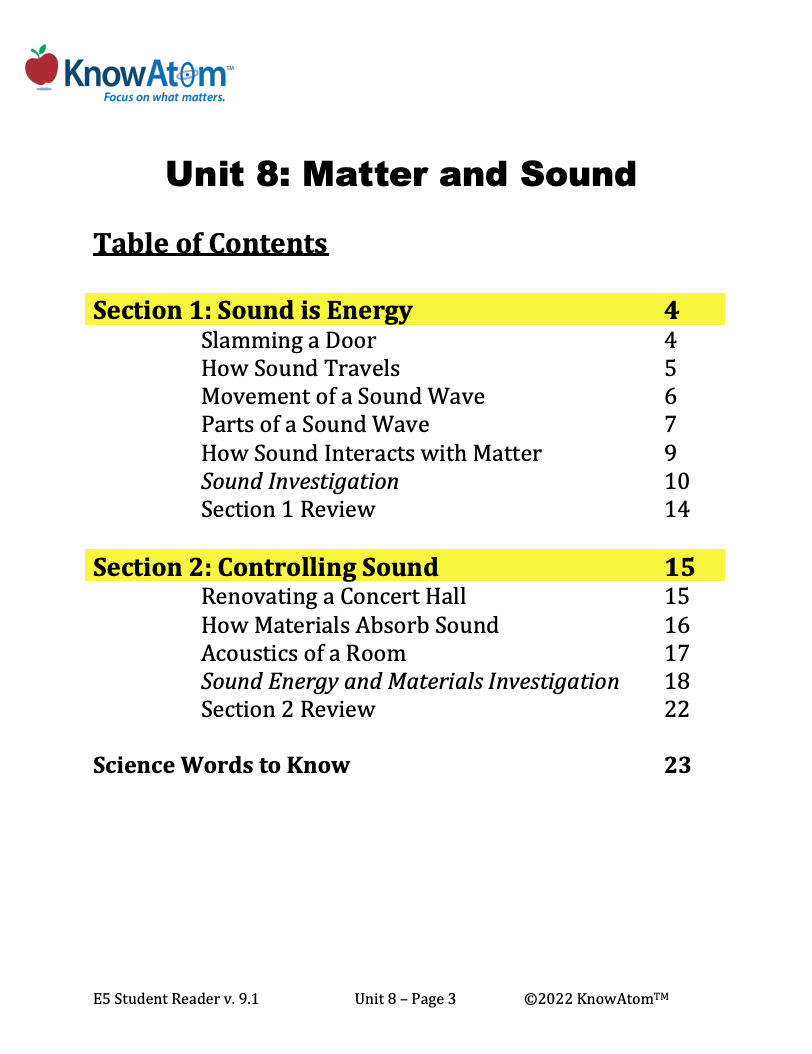
In this unit, students build on their exploration of how energy and matter interact with a focus on science phenomena related to sound. In this lesson, students investigate how some materials absorb sound while others reflect it. This page is a high-level extract of this lesson.
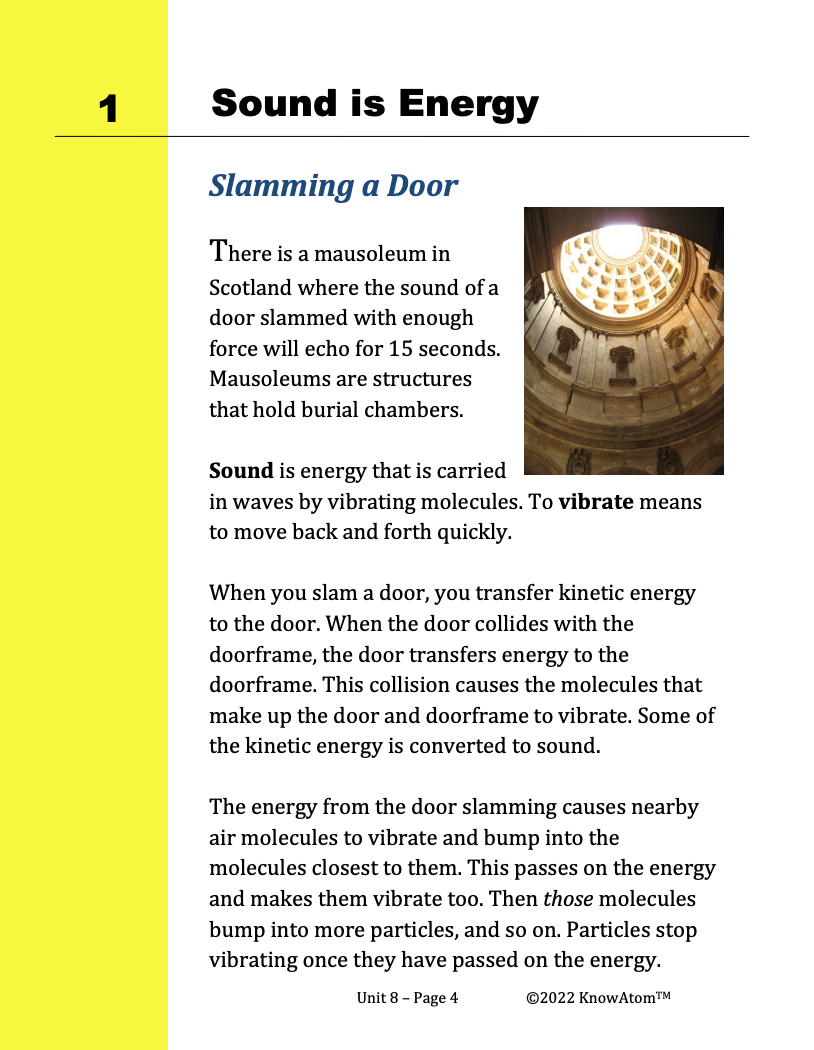
In this unit, students focus on how sound energy is transferred from one place to another in waves. In this engineering lesson, students apply what they have learned about sound energy to design a sound absorbing wall. This page highlights each component of this lesson.
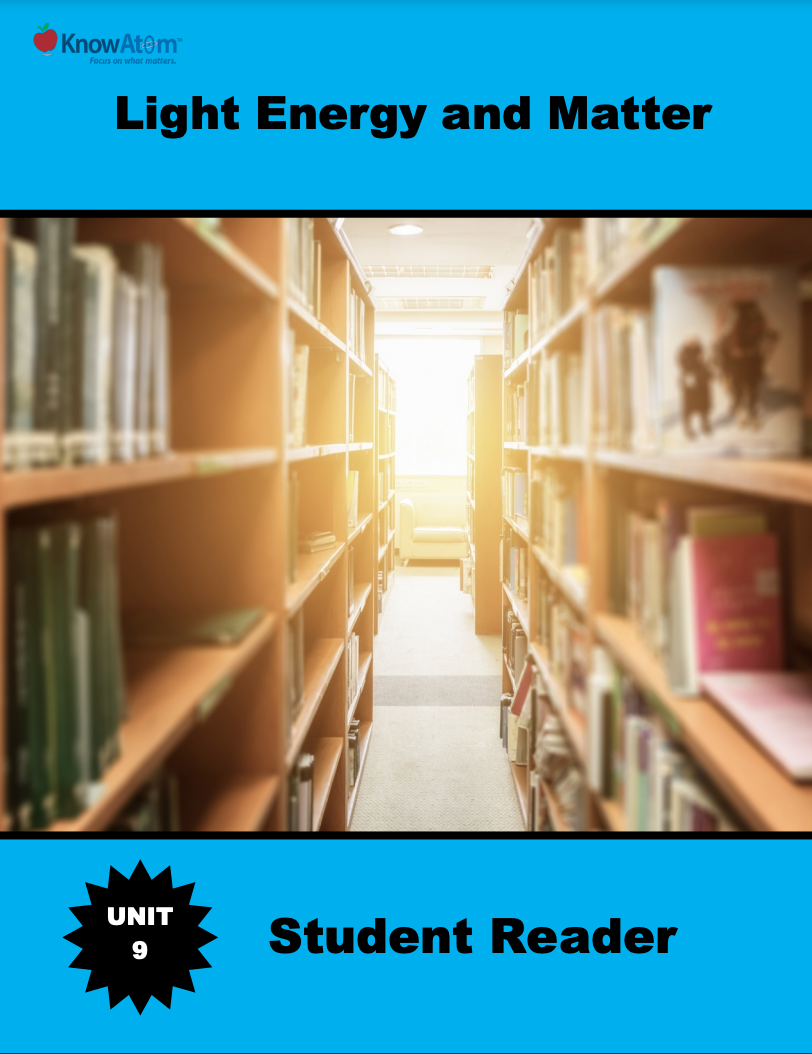
In this unit, students focus on light energy, investigating the science phenomena of how light moves when it interacts with different kinds of matter. Students use scientific knowledge about light to engineer a device that uses mirrors to redirect light. This page is a high-level extract of this lesson.
Standards citation: NGSS Lead States. 2013. Next Generation Science Standards: For States, By States. Washington, DC: The National Academies Press. Neither WestEd nor the lead states and partners that developed the Next Generation Science Standards were involved in the production of this product, and do not endorse it.
